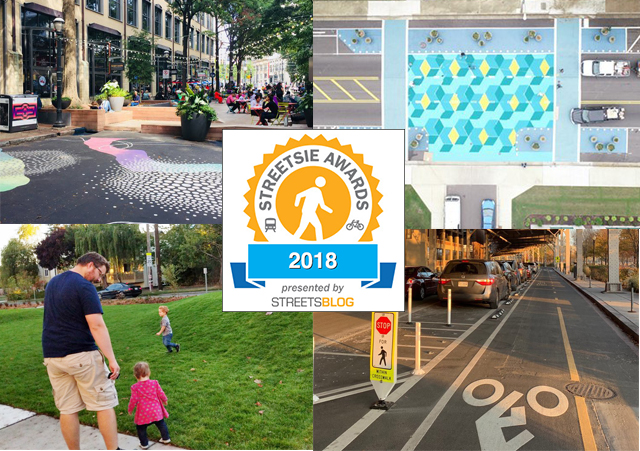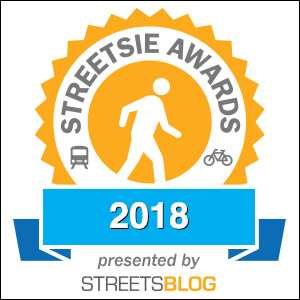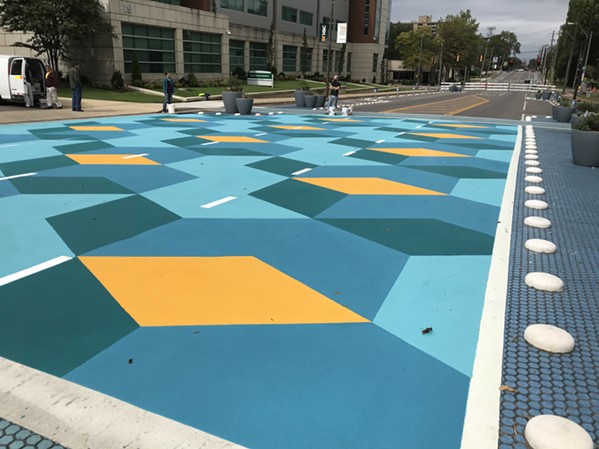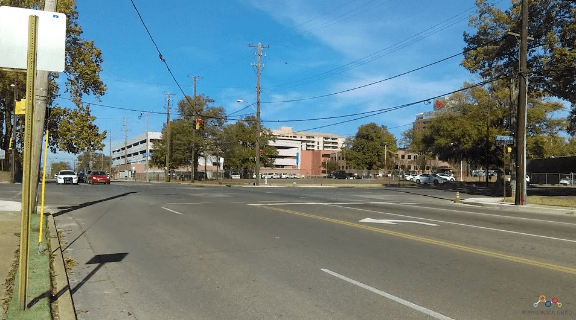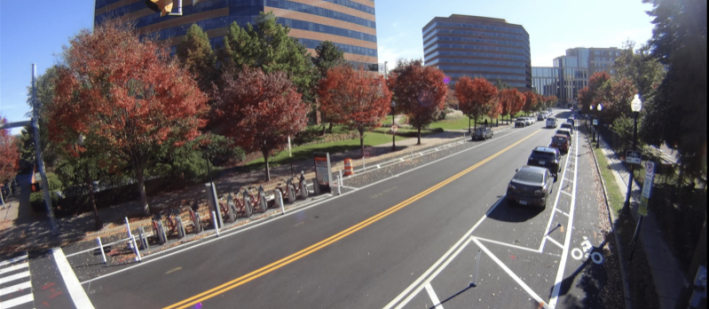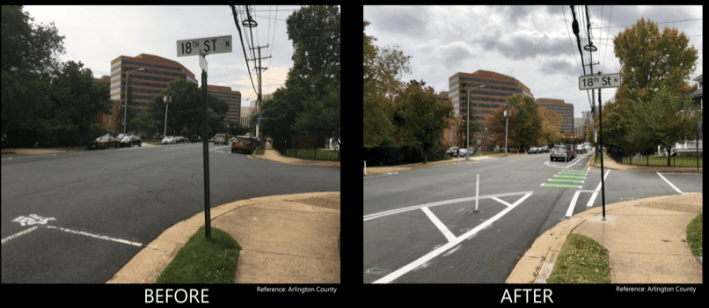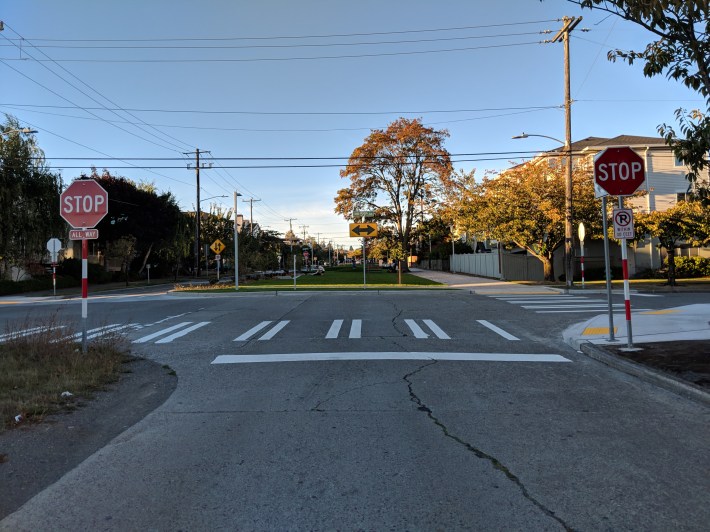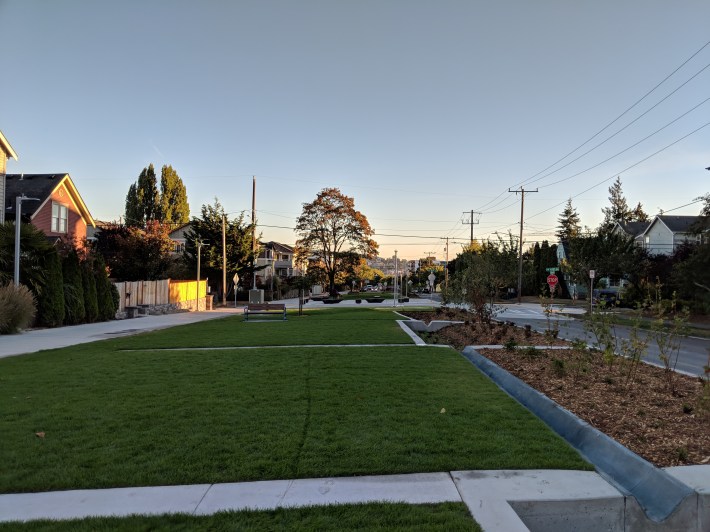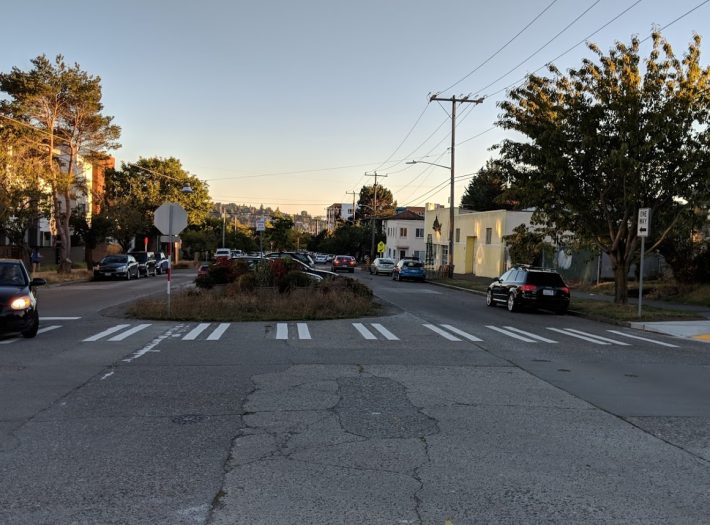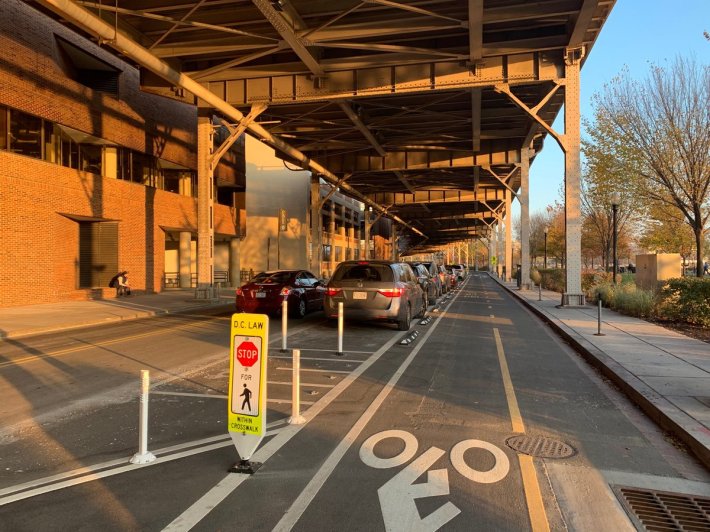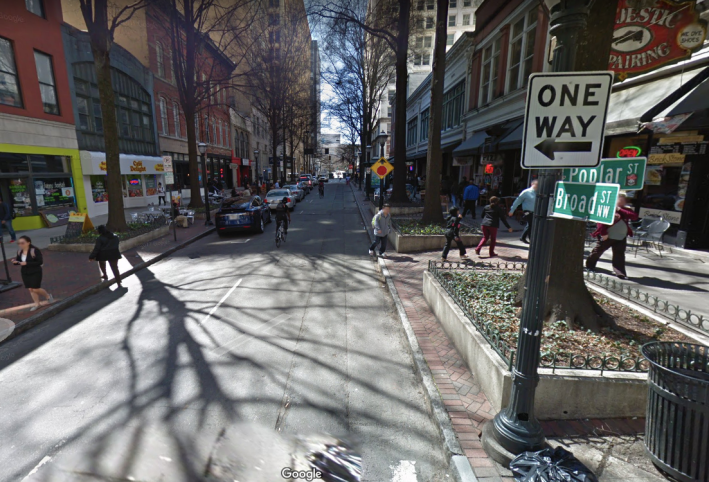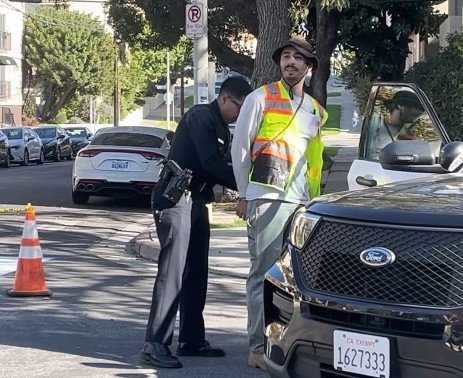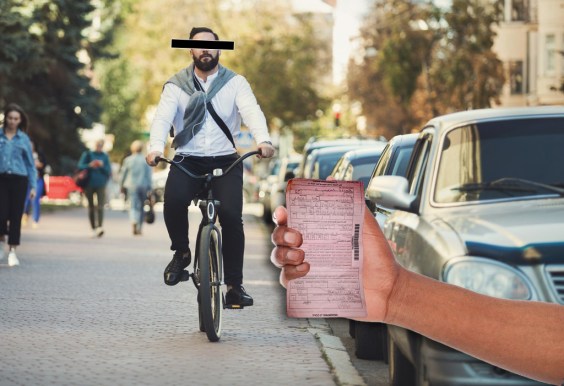It's time to recognize the cities pushing forward street design that makes cities healthier, cleaner and more beautiful. This is our biggest Streetie competition of the year: Best Urban Street Redesign of 2018.
We've selected five projects that are worthy of recognition, below. But it's up to you to vote and decide which will be called the Best.
Read closely then vote below.
Manassas Street, Memphis
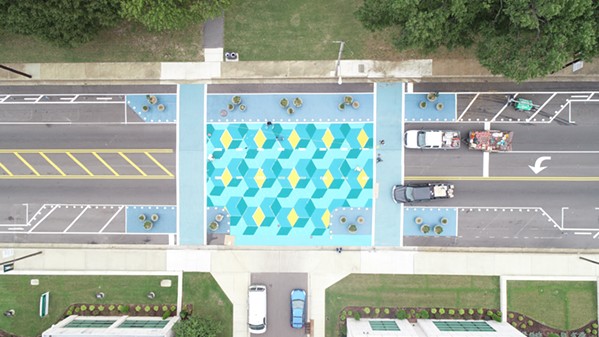
In 2018, Memphis completed a beautiful road diet on Manassas Street, an important corridor for the city's healthcare industry. The redesign reduced the number of regular travel lanes from five to three, and added parking protected bike lanes. The project also included pedestrian bump outs, colorful crosswalks and self-watering planters.
The project was a partnership between City Hall and the Memphis Medical District Collaborative, a community development organization in an area of the city that is anchored by a number of hospitals and medical institutions. Artists Cat Peña, Anthony Lee and Kaleob Elkins did the crosswalk designs.
Here's a before photo:
Memphis has for years quietly been doing some pretty cool stuff with making its streets more pedestrian friendly and beautiful. So we're excited to include them in this competition for this worthy project.
Veitch Street, Arlington County, Virginia
This project was just one of a handful of new protected bike lanes the county added this year, also including Quincy Street and North Pershing Drive.
As you can see above, this design includes parking protected bike lanes. We like the way the county placed a Capital Bikeshare station in several of the parking spaces.
Here's a before-and-after look:
This submission comes to us from the good folks at Arlington County DOT. The project was designed to increase bike connections between the Curtis Trail and a shopping corridor.
Skillman and 43rd avenues, Queens, N.Y.
Where else but New York (well, everywhere, now that you mention it) does it take months of controversy — and the defeat of a sitting congressman! — to get a simple pair of protected bike lanes? Fortunately for Queens cyclists, New York City Mayor de Blasio over-ruled the local community board (and that now-former congressman!) and defied the pro-parking crowed to build two great lanes on Skillman and 43rd avenues in Sunnyside. They’re wide and also provided essential traffic-calming and pedestrian safety improvements.
Most important, they closed a key gap in the Queens protected bike lane bike network, which the de Blasio administration has worked hard beef up since 2014. Up until this year, a huge hole remained between the western terminus of the Queens Boulevard bike lanes and Long Island City. Cyclists had determined that Skillman and 43rd avenue were the safest route to get there. After a cyclist was killed biking home from work at 43rd Avenue and 39th Street, it was clear something had to be done.
As of this year, you can now ride in protected bike lanes from Rego Park, into Manhattan and then out to Brooklyn with only a few blocks of gaps.
14th Avenue NW, Seattle
This photo shows the start of the new 14th Avenue Northwest in Seattle. During 2018, the city took two blocks of the street, removed parking and turned it into park space. Below is the result.
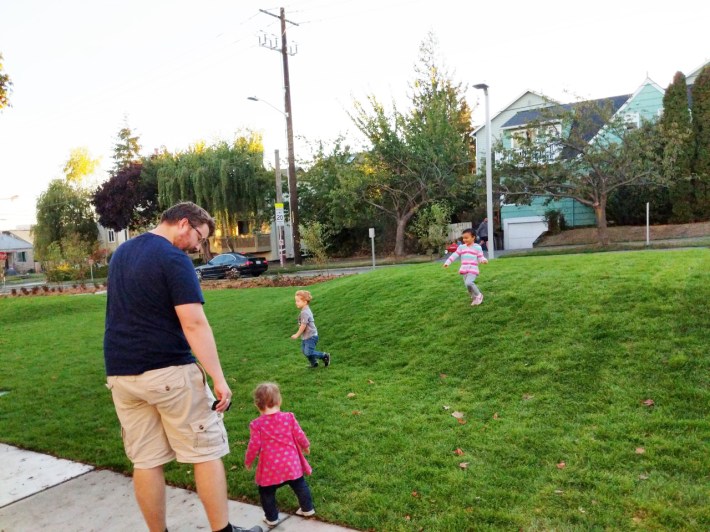
Here's how Seattle's Traffic Engineer, Dongho Chang, described it:
Two blocks of center blvd used for parking was rebuilt for people and community space while providing stormwater treatment. Community vision is to connected the High School on 65th Street to the street end waterfront park and the Burke-Gilman Trail.
Another view:
Here's a before photo:
Quite an upgrade over parking. Seattle completed a number of impressive street redesign projects that could have been included in this competition, including a few curb-protected bike lanes. But we thought this was the most dramatic.
K/Water Street, Washington, D.C.
Check out the newest bike route in the Georgetown neighborhood of Washington, D.C. Katie Harris of the Washington Area Bicyclists Association tells us:
Before this year, the road was chaotic and dangerous. Georgetown BID and DDOT partnered on the redesign, which included a beautiful protected bike lane and improved crosswalks.This connection now links the Capital Crescent Trail, one of the busiest rail-trail in the nation, with the street network in DC, and provides an improved connection to the Rock Creek Park Trail.
Broad Street, Atlanta
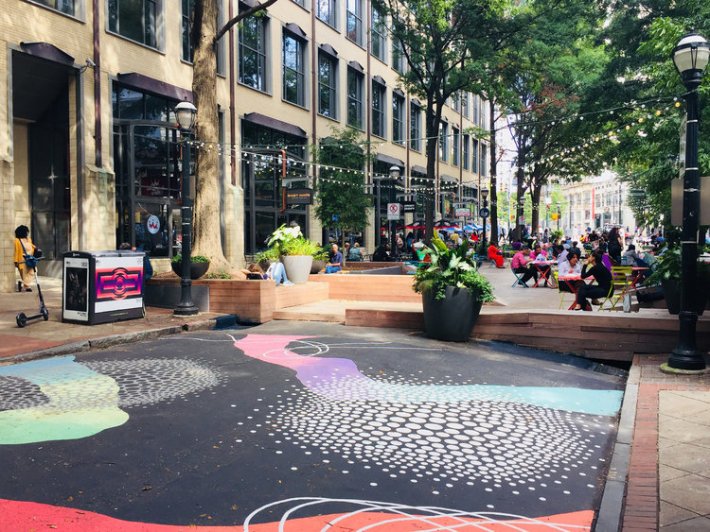
This part of Broad Street in downtown Atlanta was previously closed to vehicle traffic but did allow parking. During a pilot beginning in 2018, Atlanta closed a short section of the street to vehicles altogether and turned it into a lively public plaza.
Here's a before photo:
What a difference it can make if a city is willing to part with five parking spaces. This submission comes to us from Atlanta City Studio.
Tell us which one you like the most.
Voting will close Jan. 2.
Happy New Year, everyone!
